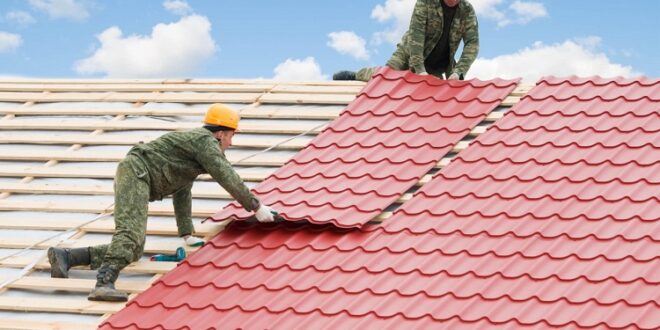When you own a business, there are certain standards that a company leader has to follow to make sure everything is up to par. Of course, we aren’t just talking about personal objectives, but rather the official standards set in place by OSHA.
As a business owner yourself, you want to make sure that your employees and their work are OSHA compliant so you stay on the right side of the law. This is especially true in concerns of having fall protection for your roofing workers.
What do you need to know about OSHA standards for the sake of your workers and your credibility? This article has all of the information that you need to learn about the fall protection standards that you need to follow. Read on to find out more!
Make Sure Warning Lines Are in Place
One of the most noticeable parts of the OSHA regulations is the need for warning signs to be put down at a proper distance from the edge of the roof. OSHA has now required that all warning lines can be no less than 15 feet from the edge of the roof.
This is to ensure that workers will see the label at a distance that is clearly safe and allows them to work on the roof perimeter without risk of falling.
Fall Systems Are Required at 6 Feet
In the past, OSHA didn’t give a specific amount of distance when working on an unprotective edge in concerns to using safety equipment. However, thanks to a new rule, if a work is less than six feet from an edge, then conventional fall systems are required while they work.
These fall systems include a combination of harnesses, guardrail systems, safety nets, and personal fall safety equipment. Make sure these fall prevention systems are installed before your workers get on the roof, especially if they’ll be up there frequently.
Stairways and Ladders Meet a New Standard
Stairways and ladders are often an integral part of roof work, and now their safety standards have been upgraded to match that of those in the construction industry.
For ladders that are over 24 feet long, ladder safety systems or personal fall arrest systems are now required for use. Workers also can no longer use chains to close access openings on ladders or guardrails.
In the case of stairs, they must have uniform risers as well as tread depth between the railings.
Now that you know about the OSHA standards for employee safety, you’ll undoubtedly want to make sure your workers and third-party members stay safe. Make sure to get a roof anchor installation to protect anyone on the premises and keep your company functioning securely for many years to come!
Make Your Roof OSHA Compliant Today
Did you like what you learned about making your roof OSHA Compliant? Make sure to check out the rest of our site to learn even more ways you can benefit yourself and reach personal and professional success!
 HammBurg Be informed with latest news, reviews, entertainment, lifestyle tips, and much more.
HammBurg Be informed with latest news, reviews, entertainment, lifestyle tips, and much more.




